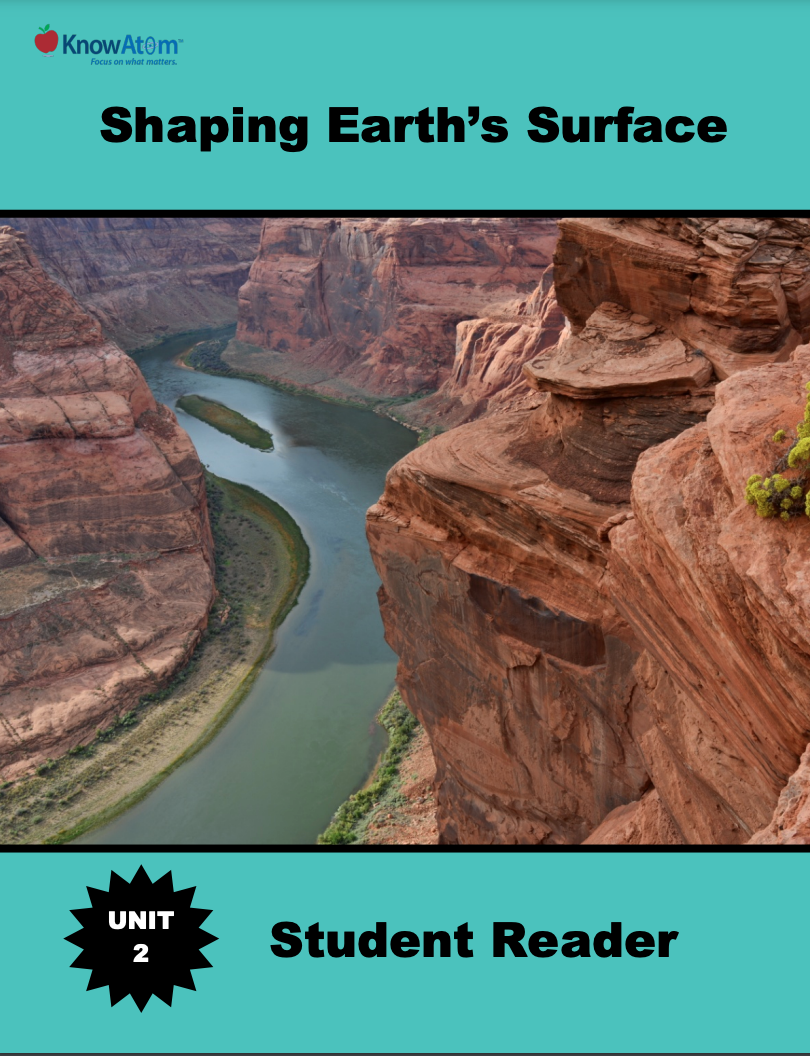
In this unit, students study Earth’s systems, analyzing the science phenomena of natural processes that shape Earth’s surface. In this lesson, students model the different ways that tectonic plates move to observe how landforms are created. This page showcases key aspects of this lesson.
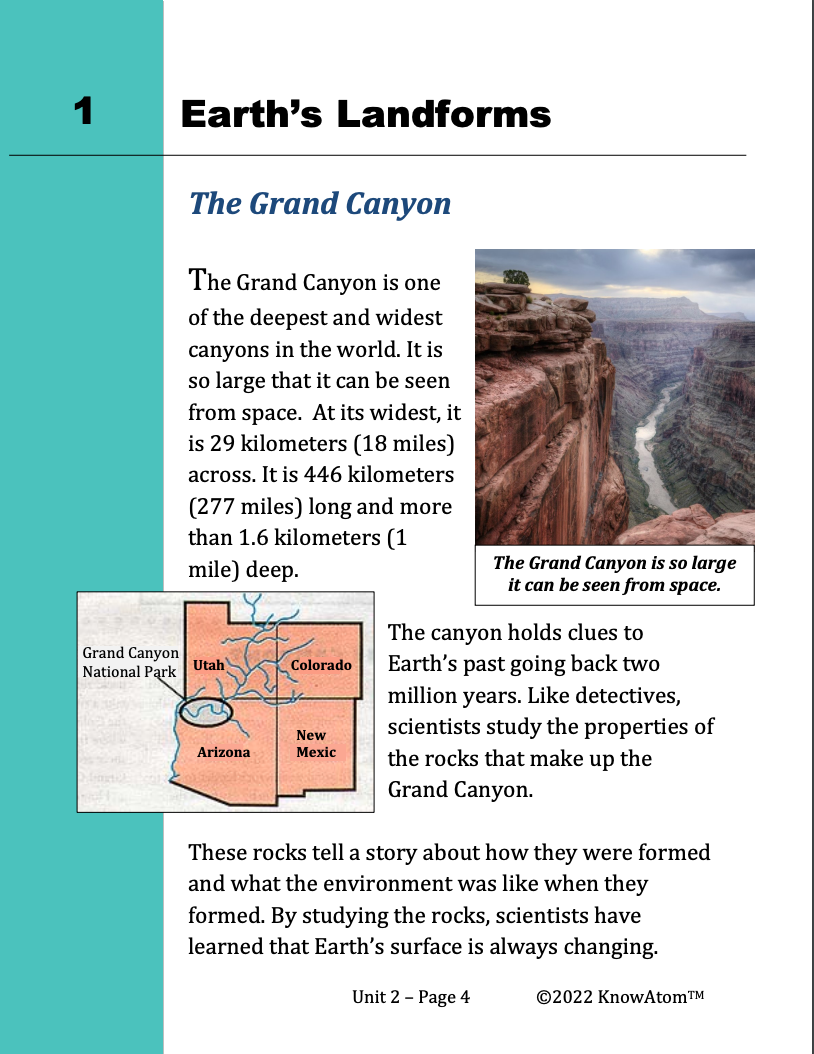
In this unit, students stimulate the movement of tectonic plates and analyze maps to observe how plate boundaries create patterns in Earth’s features. In this lesson, they build on that knowledge to observe the science phenomenon of how water erodes sediment. This page highlights key components of this lesson.
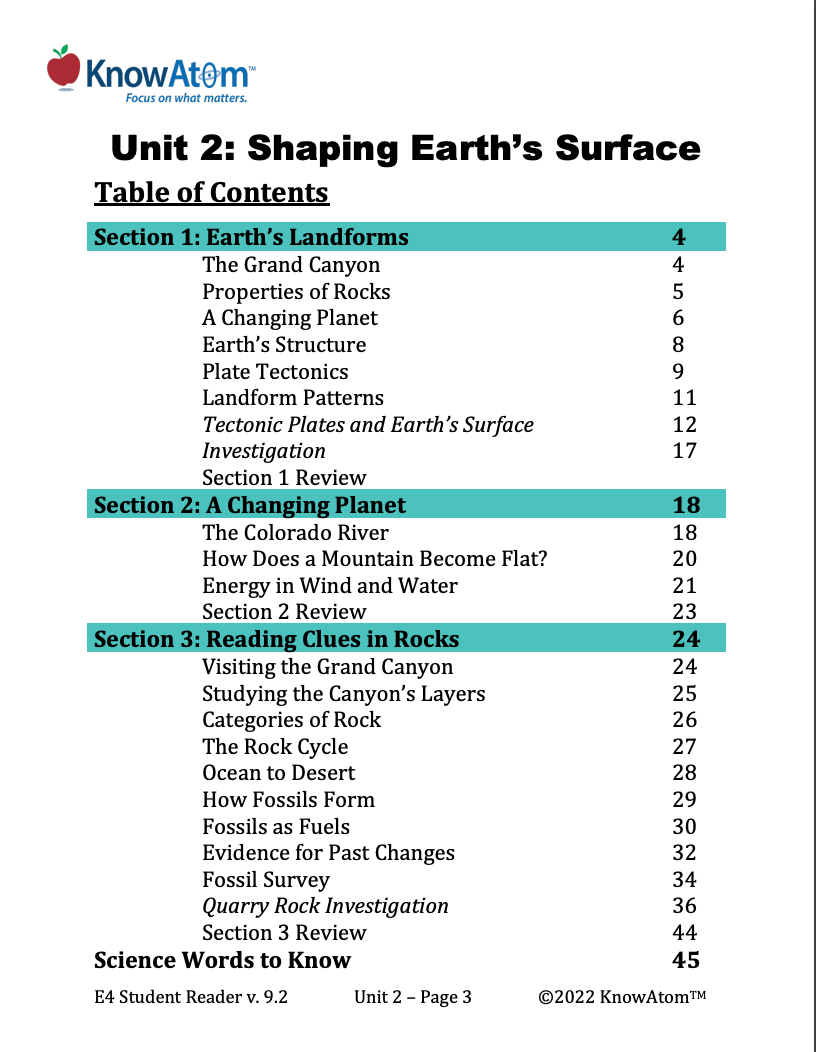
In this unit, students study Earth’s systems, analyzing the science phenomena of natural processes that shape Earth’s surface. In this lesson, students analyze clues in Earth’s rock to determine how Earth’s surface has changed over time. This page is a high-level extract of this lesson.
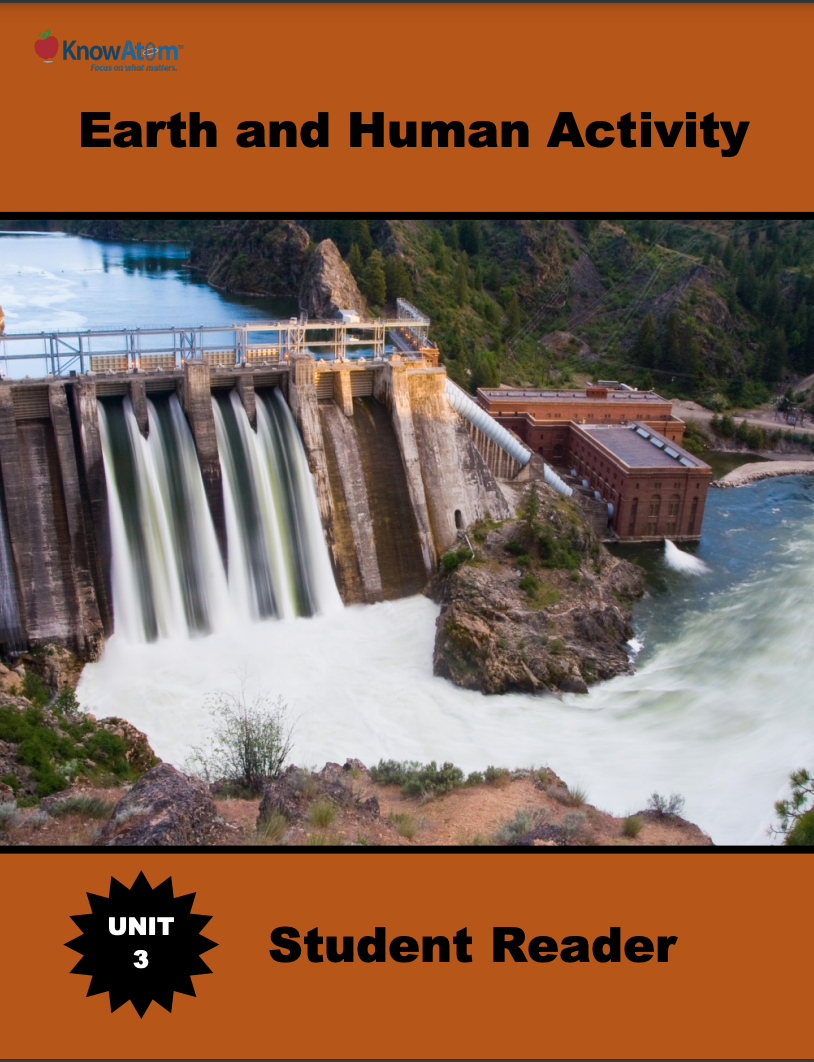
In this unit, students focus on the science phenomena of Earth’s interacting systems, evaluating how the hydrosphere and geosphere are shaped by one another. In the first lesson of the unit, students conduct an experiment to determine how the particle size of an Earth material affects its permeability to water. This page highlights key excerpts from the components of this lesson.
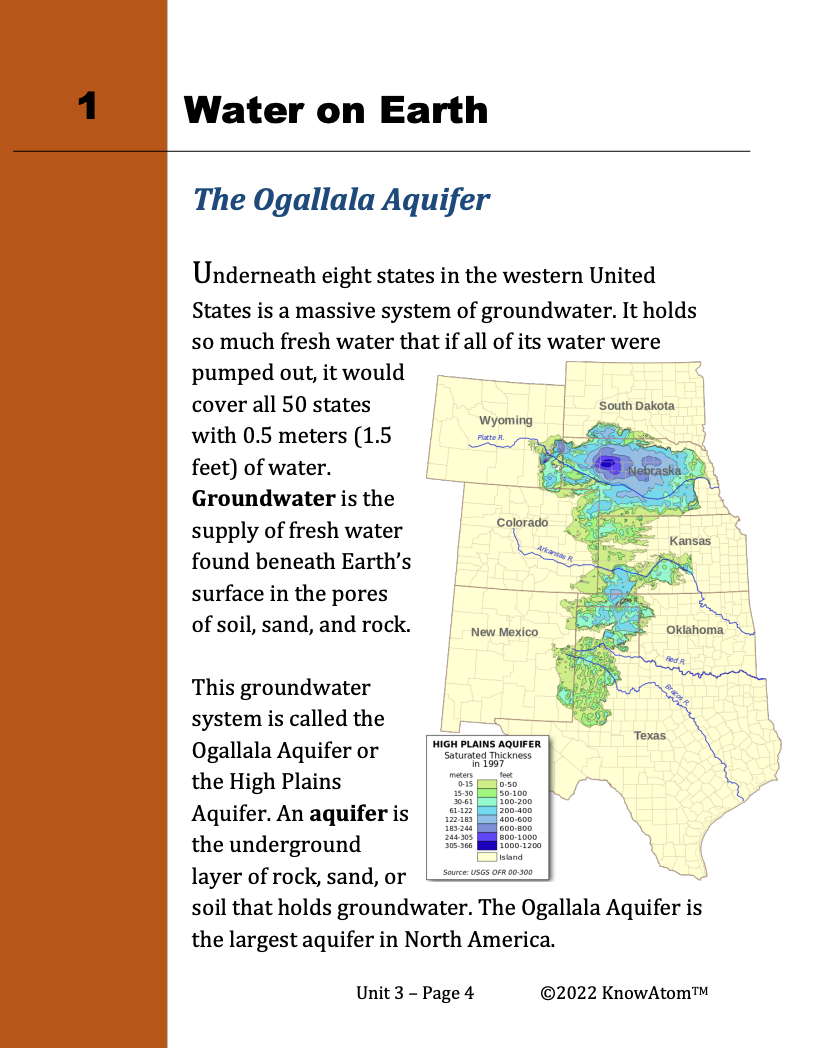
In this unit, students focus on Earth’s interacting systems, evaluating how the hydrosphere and geosphere are shaped by one another. In this lesson, they analyze how people use dams to harness the energy in water, and how dams impact the environment. This page highlights each element of this lesson.
Standards citation: NGSS Lead States. 2013. Next Generation Science Standards: For States, By States. Washington, DC: The National Academies Press. Neither WestEd nor the lead states and partners that developed the Next Generation Science Standards were involved in the production of this product, and do not endorse it.
